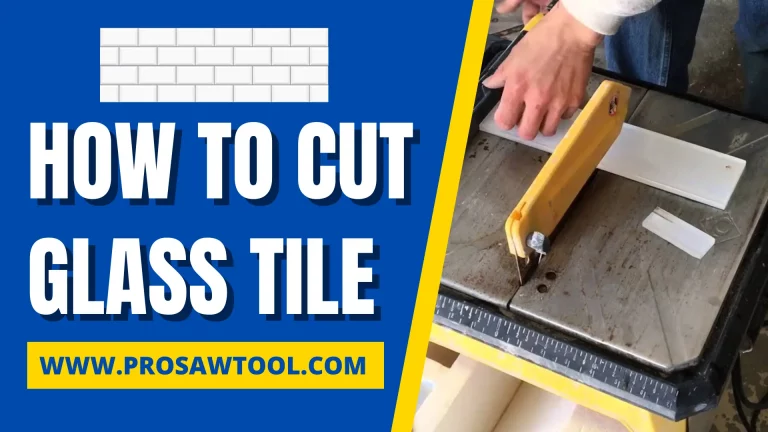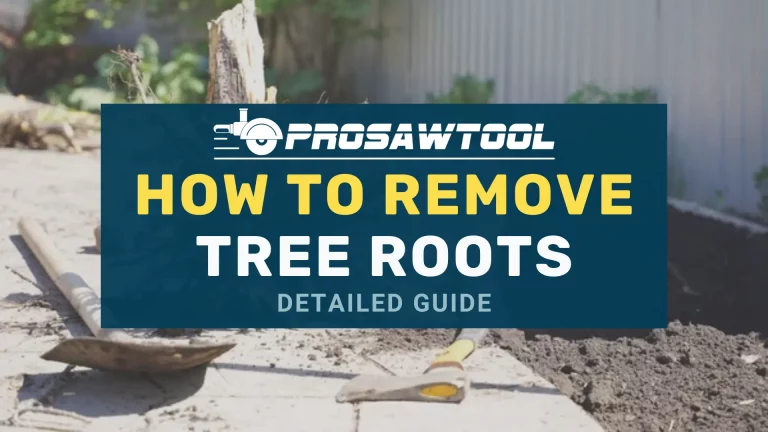How To Remove Rust – Best 3 Homemade Rust Removers 2024
If you’ve found an antique saw lying around in your grandparents’ basement or want to give your good old saw blades a brand new look then don’t let that rust get in the way. Once you know how to remove rust from saw blades then it’ll be easy for you to follow the rest of the procedure to turn them back into mint condition.

After removing the rust from the saw blades then you’ll have to make sure to avoid it from returning. Getting rust on your saw tools means that the metal started decomposing and having several layers of rotten and rusty material in contact with the tool’s integrity. All you have to do is remove these rusty layers to make it up and running. In this blog, we’ll be discussing ways of removing rust from saw blades.
How to Get Rid of Rust
Having rusty saw tools not only gives a dirty outlook to your work but also has an adverse impact on its performance as well. Moreover, it can affect the intensity of cutting different objects and decrease the lifespan of the saw blades. That’s the reason why you should remove the rust layers.
There can be a variety of different remedies that can easily and effectively remove rust from the saw blades and can improve their performance. Here, we have explained the 3 best way to get rid of Rust.
3 Ways to Get rid of Rust
1. Lemon
One of the highly recommended and successful methods of removing rust from blades is through salt and lemon paste.

Spread lemon paste
Initially, you have to take 3 parts of salt with 1 part of lemon juice in a mixing bowl. Next, you have to completely stir it to form a paste and spread it evenly on the blade’s surface. Let it sit from anywhere about half an hour to one hour, so that it can be treated effectively as the citrus cuts the rust.
Remove the Rust Residue
After that, you can just remove the paste mixed with rust residue with a wet sponge and wipe it with a dry cloth immediately. For keeping it fresh for further usage, you must apply a protective layer of materials including beeswax or varnish with an even brush.
Try Again if Needed
In any case, if your rust turns out to be stubborn and refuses to leave the blade surface then you can try the process again until the rust can no longer be seen. This process works the best when the rust you’re dealing with isn’t that old.
2. Vinegar
After lemon, another citric option that can be found in your kitchen with a touch of acid that can efficiently cut down the rust residue is vinegar. Most of the time, you get rust when the metal comes in contact with moisture and on surfaces that can easily come in contact with water. This method is highly effective if you’re fixing smaller tools that can easily soak in the vinegar mixture.

Soak in Vinegar Solution
You have to start by detaching the blades and soaking them into a solution having an equal ratio of water and vinegar. The vinegar you must use for this process should be distilled water vinegar that can be bought in the market. For optimum results, you have to soak up these small tools throughout the night.
Spread the Solution for Bigger Tools
There may be the case when your blades are bigger than the container so don’t try dipping the tool for soaking instead pour white vinegar on the surface of your tool and let it rest overnight. The next morning, you can remove these blades from the mixture and dry them up with a dry towel.
Scrape off the Rust
You’ll see the layer of rust being weak so you can just scrape it with the help of steel wool. Even after completing this process, you find some rusty parts then you can repeat it till you’ll see the last layer of rust falling off. This method is specifically for tools having rust patches that you want to remove without affecting the quality of material from which the tool is made.
3. Baking Soda
Another considerable method for rust removal is making baking soda paste. This soda paste is also known for gently cleaning that is used to clear out the rust from sensitive parts of the tool.

Making the Paste
You should start by mixing baking powder with soda equally together then slowly add a bit of water making a thick paste so that it can be evenly applied.
Apply Evenly
Try applying the paste from the sponge and rest it for a bit so that it can readily impact the affected area. Apply the paste to the tool with the help of a toothbrush, ensuring that the blades with the rusted surface are entirely covered.
Scrub the Surface
Now, you have to gently scrub the surface off the surface with a toothbrush. However, if the tool is heavily affected by rust then you’ll have to use steel wool instead of the toothbrush.
Leave it to Rest
After applying and scrubbing the baking soda mixture, leave it for more than an hour so that the chemical reaction can work easily on it. After then you can just scrape the rust off until you’ll see the clean layer of the material from which the tool is made. Make sure to rinse it off and pat it using a dry towel.
This method works perfectly for lighter stains and tools made out of thin material. You must apply an even layer of oil to keep it protected for future use.
Frequently Asked Questions
As we have reached the end of the blog, here are some queries being answered related to getting rid of rust
What are the other methods of rust removal besides the above-explained ones?
There are many other methods of removing rust from saw blades including coca-cola, sandblasting, oxalic acid, as well as the WD-40 chemical compound.
How can you prevent saw blades from rusting?
First off, it is essential to keep the saw blades clean and always in a dry place. Moreover, you should apply a protective layer of wax to avoid any further rusting.
What is the fastest way of removing rust from your tools?
The electrolysis can be the fastest way as passing a current through the material can cause the rust i.e iron oxide to melt down in just some minutes.
Conclusion
Rusty saw tools can not deliver what you’re expecting from them effectively. They cut unevenly, leave marks, and can ruin your entire workpiece. So, instead of dealing with the hassle to change it. Just try the above defined methods depending on the type and the intensity of rust you have.
All of these remedies are completely homemade with the ingredients you can easily find. Moreover, for more quick and accurate results, you can also try store-bought chemicals. Getting rid of rust from tools is easy if you follow the remedy steps accurately.




![How to use a Table Saw [Step-by-Step] Guide 2024](https://prosawtool.com/wp-content/uploads/2021/07/How-to-use-a-Table-Saw-2-768x432.webp)

